Rosemary, an aromatic evergreen shrub originating from the Mediterranean region, serves excellently as a hedge, in addition to its culinary popularity. Its fragrant foliage and attractive blue blossoms make rosemary a flexible choice for any garden setting. Whether a natural barrier, added greenery, or simple enjoyment of a robust plant is desired, a rosemary hedge makes a great option.

The Benefits of Growing a Rosemary Hedge
Cultivating a rosemary hedge comes with a wealth of advantages, ranging from improved garden aesthetics to practical kitchen applications. Not only is this plant resilient and easy to care for, but it also serves numerous purposes, rendering it a valuable garden component. Let’s explore the compelling arguments for planting a rosemary hedge.
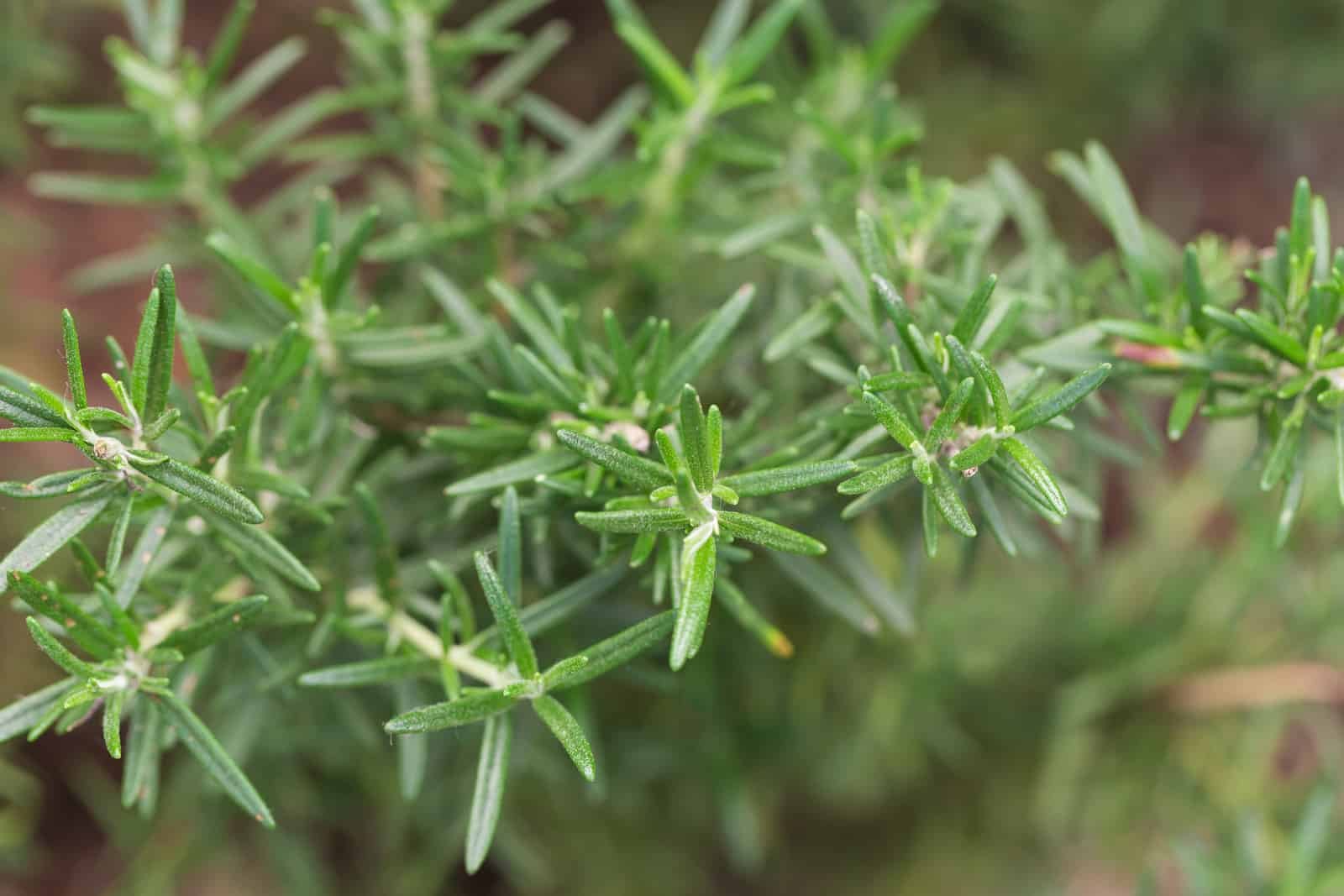
Reason 1: Aromatic Appeal
The compelling aromatic appeal is a primary justification for planting a rosemary hedge. The leaves emanate a revitalizing fragrance that can stimulate your senses and establish a delightful garden setting. The natural scent also enhances outdoor social events, making your garden more welcoming.
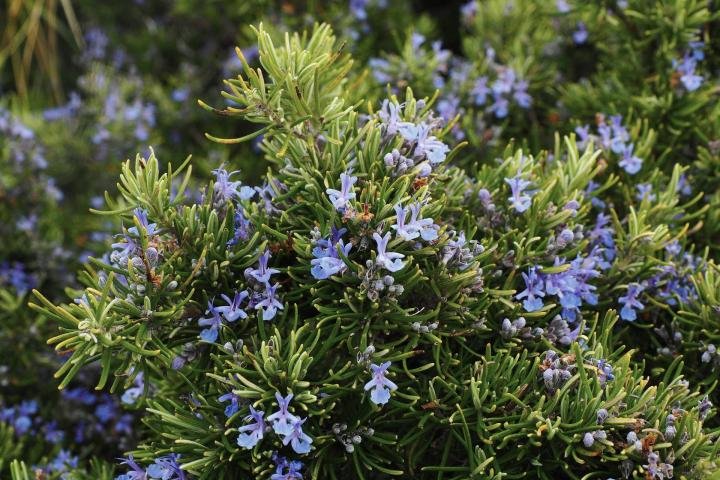
Reason 2: Culinary Uses
Rosemary is a favored culinary herb, known to enhance the taste of various recipes. Growing a rosemary hedge ensures a readily available supply of this adaptable herb, perfect for flavoring meats, produce, and even pastries. Its intense flavor can elevate your culinary endeavors.

Reason 3: Natural Pest Repellent
Rosemary is a natural pest deterrent, making it a stellar option for organic gardening. Its potent scent repels numerous prevalent garden pests, including mosquitoes and certain beetle types, thus shielding other plants without needing chemical treatments.
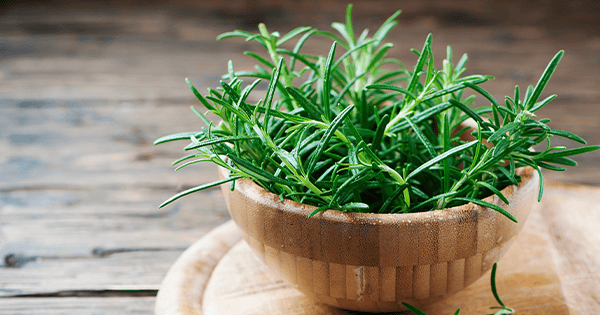
Reason 4: Low Maintenance Requirements
Rosemary’s minimal upkeep is one of its most notable characteristics. Once established, rosemary hedges demand little care, making them perfect for busy gardeners. They flourish in well-draining soil and require infrequent watering, especially in regions with consistent rainfall.

Reason 5: Drought Tolerance
Thanks to its drought resistance, rosemary fares well in arid environments. This attribute positions it as an excellent selection for locations with water restrictions or for gardeners intending to conserve water. Its ability to thrive with minimal watering ensures a verdant hedge, even under harsh conditions.

Reason 6: Attractive Year-Round Foliage
Rosemary, in contrast to other plants, keeps its appealing foliage year-round. Its evergreen leaves furnish a continuous verdant backdrop, enhancing visual interest to the garden during winter months. The delicate blue blooms in spring and summer provide added beauty.

Reason 7: Wildlife Friendly
Rosemary hedges can serve as a haven for wildlife, attracting helpful insects like bees and butterflies. These pollinators are critical to garden health; providing them with a food source sustains the local ecosystem.

Reason 8: Versatile Landscaping Options
Rosemary’s landscaping versatility offers yet another compelling rationale for incorporating it into your garden. It can be sculpted into formal hedges, applied as ground cover, or allowed natural, relaxed growth. Its flexibility suits various garden designs and aesthetics.
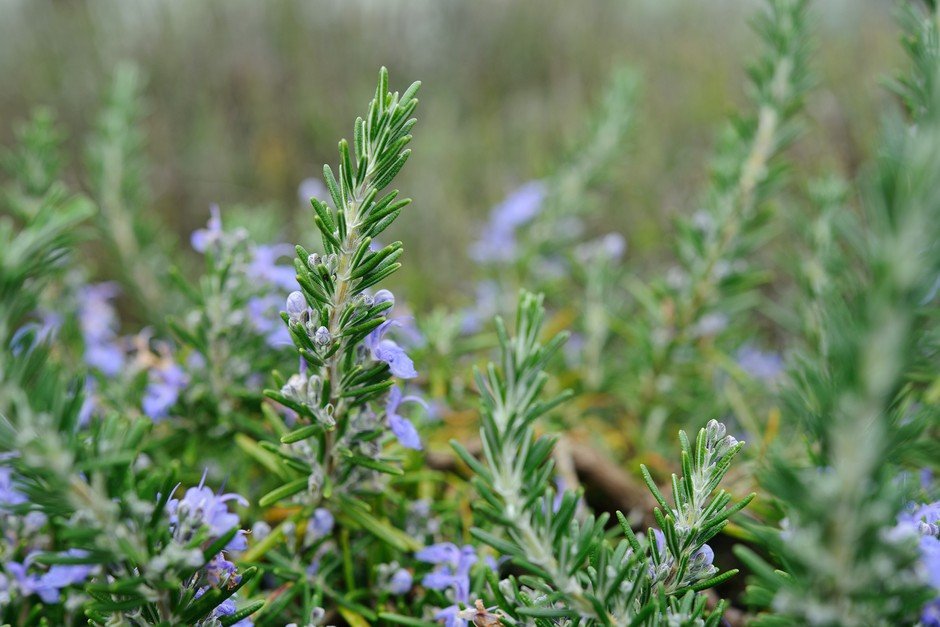
Reason 9: Air Purification Qualities
Rosemarry is celebrated for its air purifying attributes, which aid in enhancing the air quality around your property. It can absorb pollutants and release oxygen, promoting a healthier atmosphere for your household and yourself.
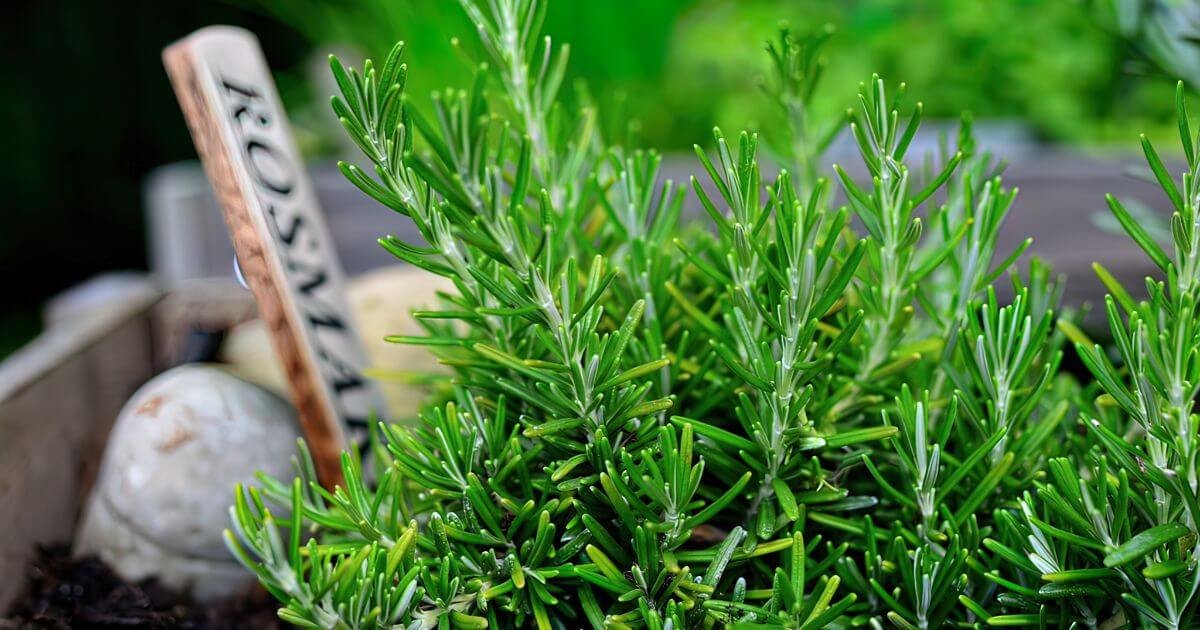
Reason 10: Historical and Cultural Significance
With connections to memory and loyalty, rosemary boasts a rich historical and cultural heritage. Woven into numerous cultural customs and historical practices, it imbues your garden with symbolic depth.
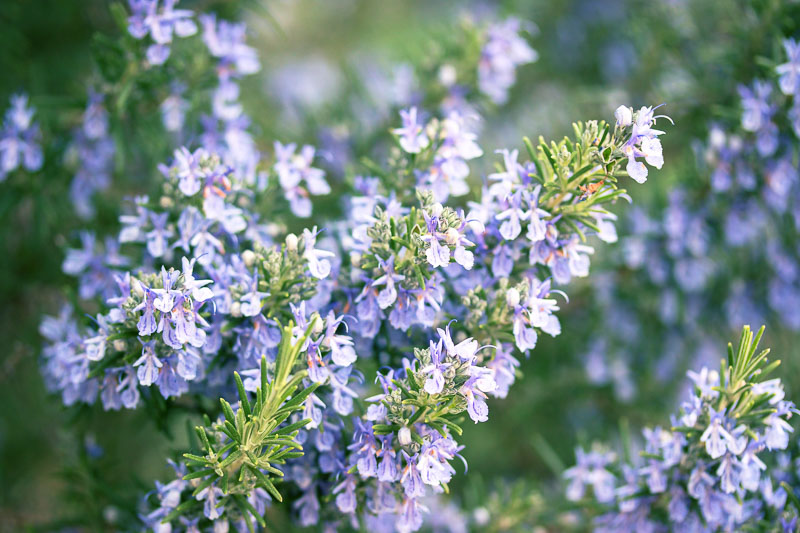
Reason 11: Economic Value
Cultivating your personal rosemary hedge can also yield economic benefits. Reducing the necessity to buy rosemary commercially saves cash over time. A surplus might be sold or gifted to acquaintances and neighbors.

Choosing the Right Variety of Rosemary
Growth pattern, size considerations, and climate appropriateness should all factor into rosemary variety selection for your hedge. Popular varieties are the upright “Tuscan Blue,” and trailing “Prostratus”. Pick a variety which best suits the aesthetic and functional requirements of the garden.
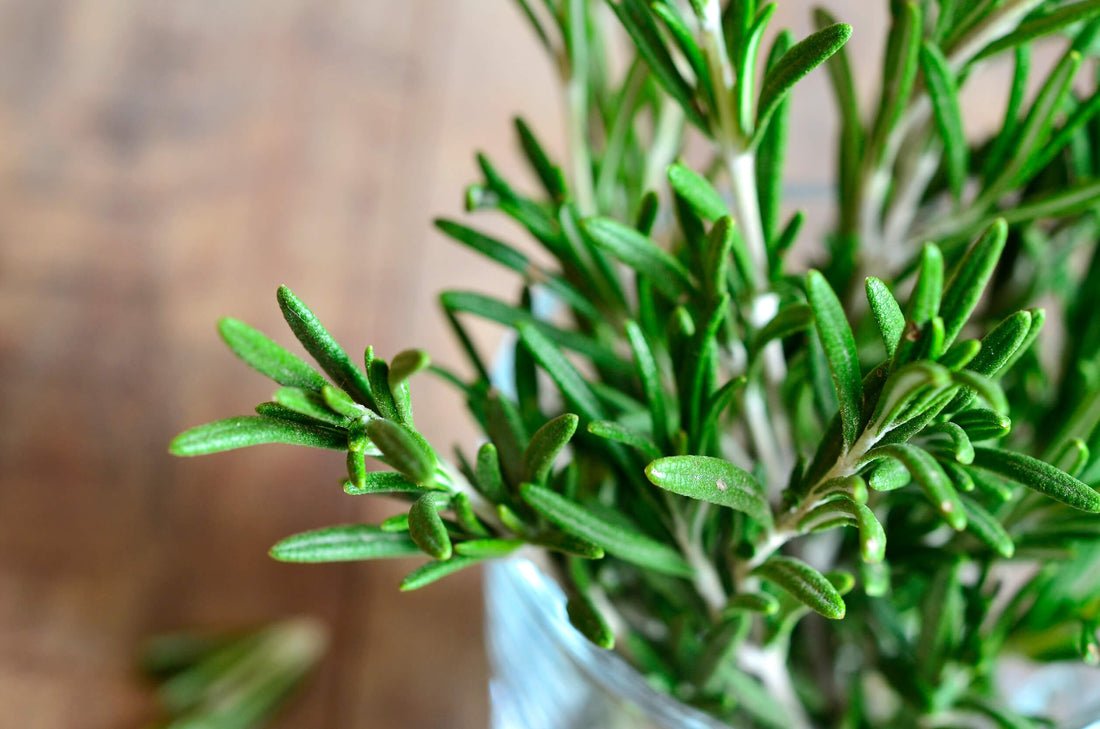
Preparing the Site for Planting
Optimal site preparation is crucial to a successful rosemary hedge. Ensure the selected location receives full sunlight and boasts well-draining soil. Remove all detritus and weeds and treat with organic matter to increase drainage and fertility.
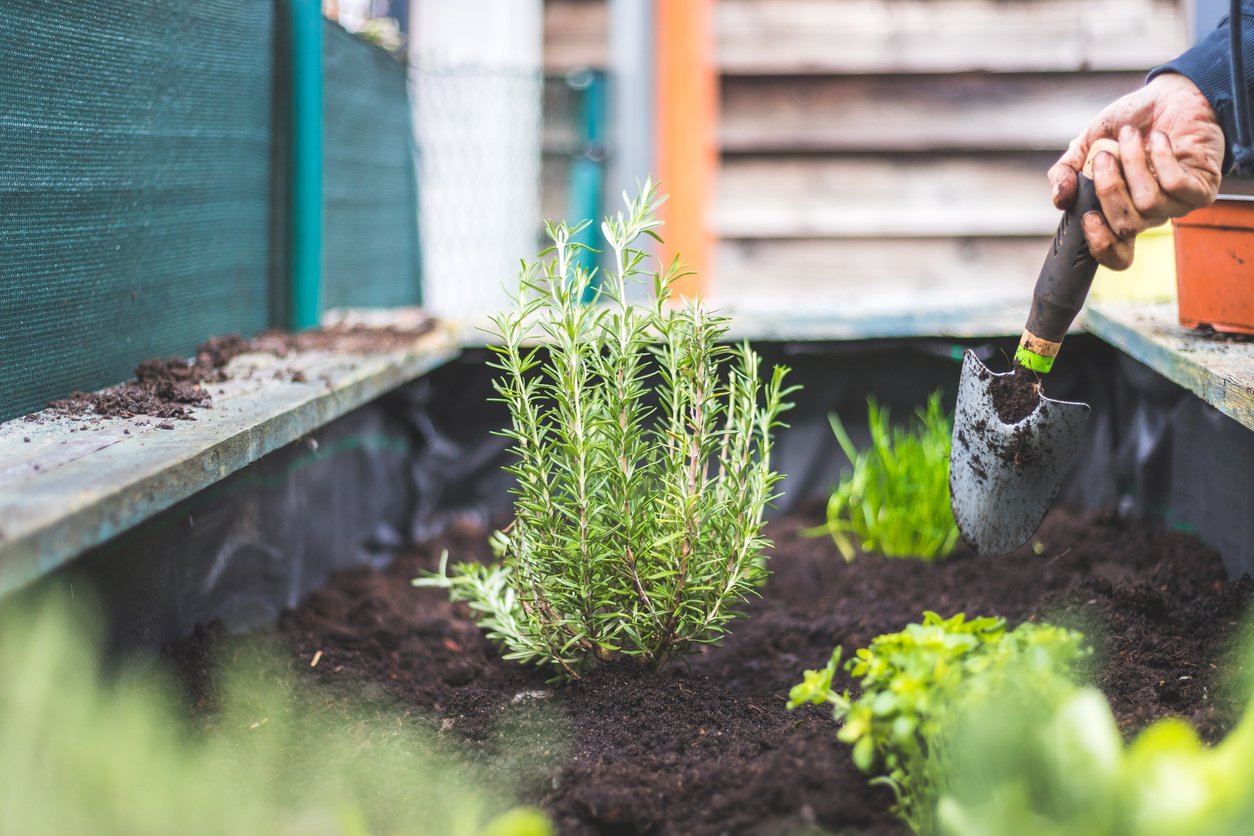
Step-by-Step Guide to Planting a Rosemary Hedge
To establish the rosemary hedge, commence by spacing them 18-24 inches apart for sufficient growth. Unearth slightly larger divots than the root clusters, place each plant inside, and then backfill with dirt. Hydrate them thoroughly to permit initial establishment and apply the mulch base to lock in water.

Caring for Your Rosemary Hedge
Maintaining a rosemary hedge is quite uncomplicated. Water deeply but infrequently, allowing substrate desiccation between waterings. Perform regular pruning to maintain desired features and promote further verdant flourishing. Fertilize judiciously, as rosemary does minimal nourishment.
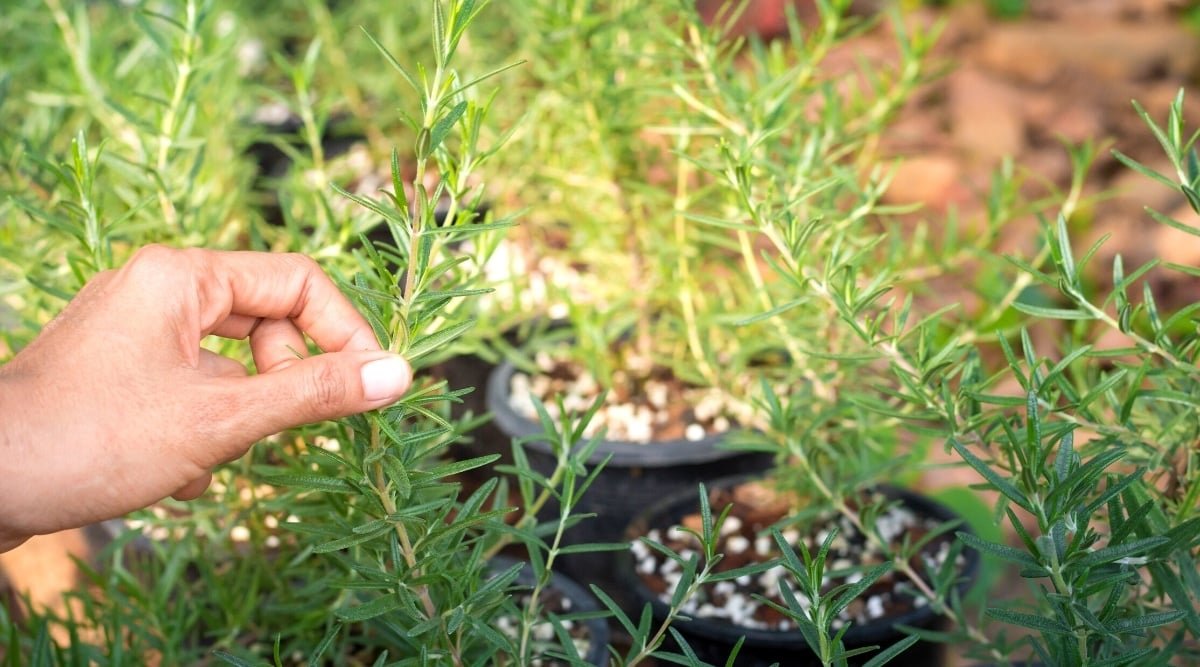
Common Issues and How to Solve Them
Rosemary is often sturdy but can experience root rot issues within poorly drained soils alongside powdery mildew in humid climates. Adequately address correct drainage and proper aeration to prevent such quandaries. If issues like aphids manifest, explore all-natural alternatives like neem oil.

Conclusion: Embracing the Rosemary Hedge
For every garden setting, the herbaceous rosemary hedge makes a gorgeous, practical, and inexpensive element. Ranging from culinary applications to ecological advantages, the diversity of features and use provides added intrinsic benefits beyond visual appeal. Encompassing the Rosemary hedge ensures investment in a versatile and beneficial garden accent. `

